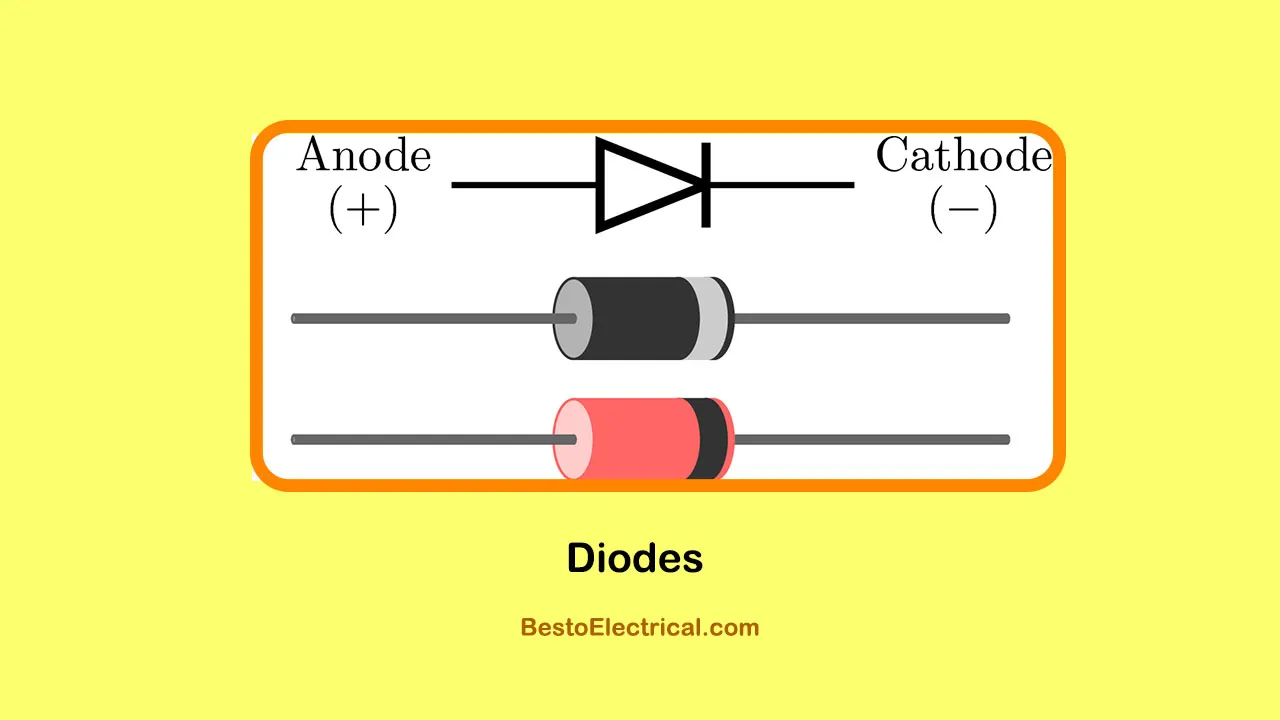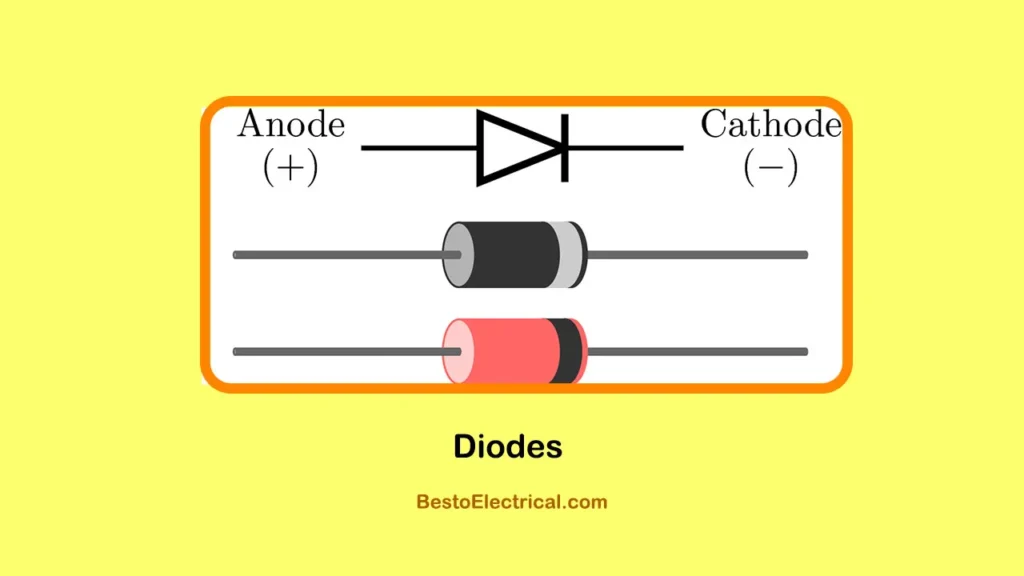You might not realize it, but every time you charge your phone, switch on your TV, or adjust the lights, diodes are quietly at work, making sure everything flows smoothly. Diodes are tiny, unassuming parts found in most electronic devices. They’re like little “traffic directors” for electricity, making sure that power only flows in one direction—keeping your devices safe and functioning properly.

So, What Exactly is a Diode?
Let’s break it down simply. Imagine a one-way street: cars can drive down it, but they can’t come back the other way. Diodes work in a similar way, but for electricity. They allow electric current to move in one direction but block it from flowing backward.
Why does that matter? Well, if electricity goes the wrong way, it can mess things up pretty quickly—sometimes damaging sensitive parts inside your device. Diodes prevent that from happening by keeping the current on its proper path. Think of them as the little gatekeepers of your electronics.
I remember learning about diodes in an electronics workshop, and it sounded complicated until someone explained it as “a one-way door for electricity.” That simple idea suddenly made so much sense, and now, whenever I look at my gadgets, I can’t help but think of those little one-way doors working behind the scenes.
Why Do We Need Diodes?
Alright, so diodes make sure electricity only flows in one direction. But why is that so important? Here’s where diodes really make a difference:
- Safe Charging: Picture plugging in your phone. Your charger sends electricity to your phone’s battery, right? But once your phone is charged, you don’t want that electricity to flow back from your phone to the charger. Diodes stop that from happening by letting electricity flow into the battery but not back out.
- Converting Power for Everyday Gadgets: Here’s something interesting—most of the power in our homes is AC (alternating current), but our electronics usually need DC (direct current) to work. Diodes help with this conversion by only letting electricity flow one way, creating a smoother flow that our devices can use.
- Protecting from Power Surges: Ever had a power surge during a storm? That sudden jolt of electricity can damage electronics, but diodes act like mini shields. They can block or redirect extra current, helping to keep your gadgets safe.
Different Types of Diodes in Everyday Use
Believe it or not, diodes come in different types, each with a unique role. Here are some you might recognize:
- Standard Diodes
These are the basic “one-way” diodes found in most gadgets. They handle the simple job of making sure electricity flows the right way. You’ll find them in chargers, appliances, and pretty much anything with a circuit. - LEDs (Light Emitting Diodes)
Yep, those little indicator lights you see on your electronics? Those are actually diodes, too. LEDs are unique because they emit light when electricity passes through them, which is why they’re used in everything from your TV remote to traffic lights. - Zener Diodes
Zener diodes are special because they allow current to flow in both directions, but only within a certain voltage range. They’re used in power supplies to keep voltage levels stable. - Schottky Diodes
These diodes are designed to let electricity through with minimal energy loss, making them ideal for fast, high-frequency applications like radio equipment or solar panels.
Diodes in Action: A Simple Real-Life Example
To see diodes in action, let’s look at your phone charger. Every time you plug in your phone, electricity flows from the wall, through the charger, and into your phone’s battery. The diodes in your charger make sure that electricity only flows one way—into your phone, not back out.
A friend of mine once bought a cheap charger that got way too hot. Turns out, it didn’t have the right diodes, so electricity was flowing both ways, causing it to overheat and nearly short-circuit his phone. That was a lesson learned—those little diodes aren’t just an extra part; they’re essential for safe charging!
A Few Tips on Buying Quality Electronics
Knowing that diodes are like silent protectors in our devices, here are a few tips when you’re buying electronics, especially chargers and adapters:
- Stick with Trusted Brands: Big-name brands are more likely to use quality components, including reliable diodes, that protect your device from overheating or reverse current.
- Avoid Super-Cheap Knockoffs: Bargain chargers might save you a few bucks, but they often skip essential parts like quality diodes. In the long run, this can harm your device or even be a safety hazard.
- Look for Safety Certifications: Certified electronics are built to meet certain standards, which include having diodes that manage power safely.
Final Thoughts: Diodes—The Tiny Guardians of Your Gadgets
It’s amazing how something as small as a diode can make such a huge difference. These little guys keep everything flowing correctly, allowing power to move smoothly where it’s needed and blocking it where it’s not. Without diodes, our electronics would be less reliable—and a lot more at risk of failure.
So next time you charge your phone, switch on your laptop, or see a light indicator on your remote, remember: there’s probably a tiny diode in there doing its job, keeping everything running as it should. They may be small, but they’re truly essential to the safe, smooth operation of all our favorite devices.
